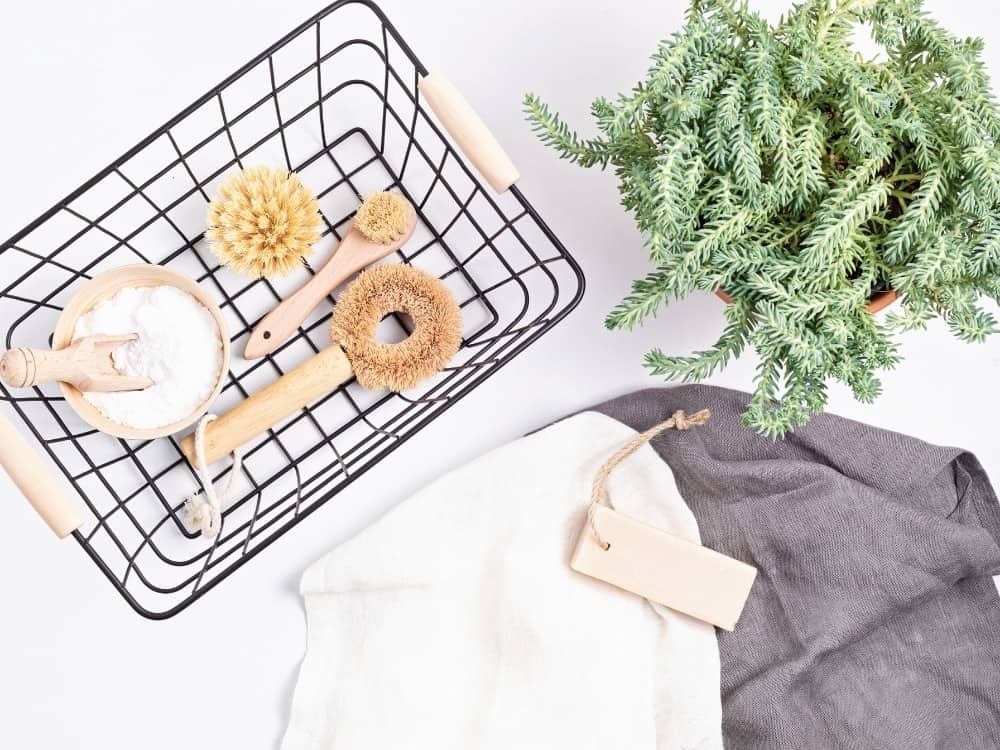
What Does Non-Toxic Mean? Defining The Undefined
More consumers are approaching labels, certifications and brand claims with a healthy dose of skepticism.
And a central concern is around toxicity or the lack of it. Which then begs the question, what does non-toxic mean?
It’s one that has many different answers, most of which are dyed with a hint of green(washing).
We’re going to get down and dirty to try to answer the question: what does it mean when something is non toxic?
As an unregulated term, it almost never actually means “non toxic.”
Let’s take a look at why.
1. Non Toxic Meaning
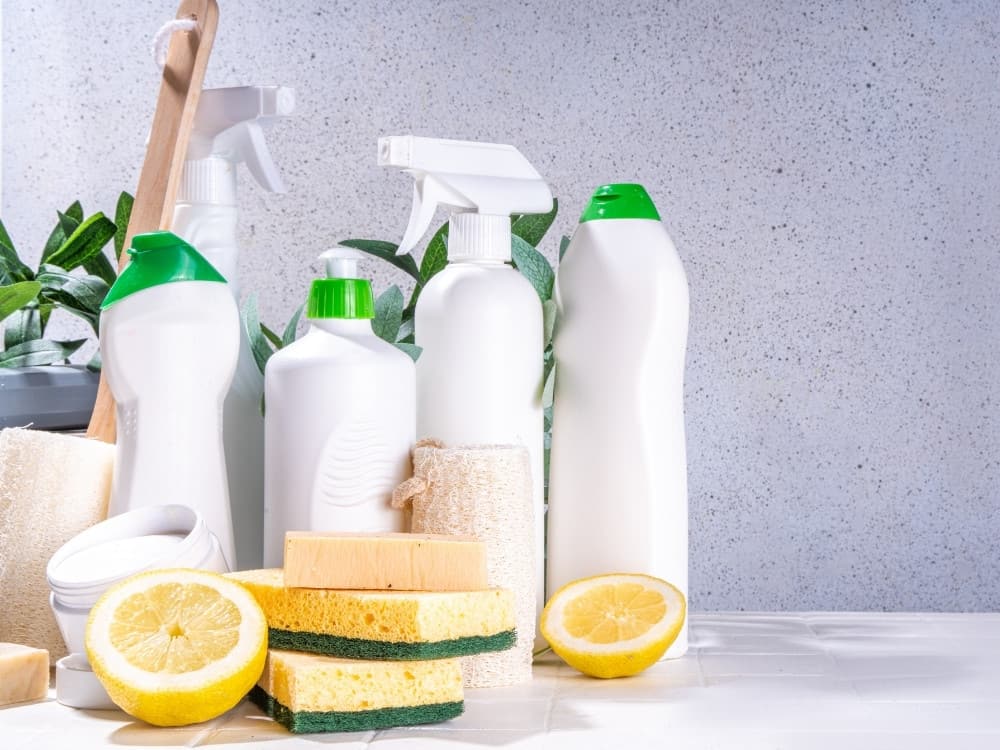
If you were to look up the definition of non toxic, you would get: “not toxic”.
Thank you, Merriam-Webster. Insightful.
Dig a little deeper, and you get the definition of toxic: “containing or being a poisonous material especially when capable of causing death or serious debilitation.”
Which seems a little over the top when we apply that meaning to zero waste sunscreen or natural lipstick. Sure, we’re concerned about ingredients that might not be great for our health and the planet’s—not necessarily those that might kill or seriously debilitate us immediately.
In this case, the National Cancer Institute’s definition makes a little more sense: “Nontoxic: not harmful or destructive.”
But even then we’re left wondering, harmful or destructive for who or what?
How We Define Non Toxic
It’s quite a slippery term, so we took some time to think about how we would define non toxic. And this is what we came up with:
Ingredients or products that have reliable scientific evidence to ensure that they will not have adverse implications for human health or the environment.
2. Legal Definition Of Non Toxic
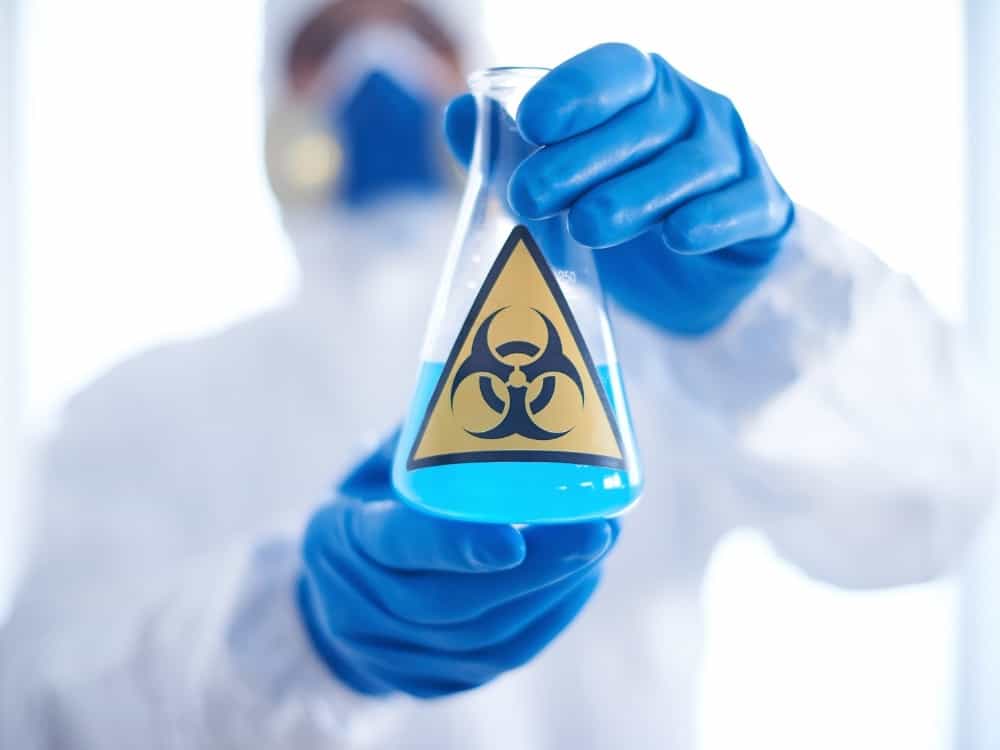
Here’s the thing: non toxic has no temporal threshold and it’s hard to define what “harmful”, “destructive”, and “adverse implications” actually mean.
Take a Big Mac for example. We all watched Supersize Me in health class, right?
It’s definitely not considered toxic, but if you were to eat one every single day for a decade, we’d take a (Big) bet you’d experience adverse health complications as a result.
Just like you would with a carcinogen, a commonly agreed upon toxin defined as “a substance capable of causing cancer in living tissue”.
For this reason, there is no legal definition of non toxic.
Regulating toxin free products
Largely unregulated in the US, really the only thing that takes a stab at legally defining non toxic is the US Toxic Substances Control Act from way back in 1976.
Their TSCA Inventory oversees around 86,000 industrial chemicals.
To the Consumer Product Safety Commission (CPSC), a product is deemed toxic if it “has the capacity to produce personal injury or illness to man through ingestion, inhalation, or absorption through any body surface.”
If it kills 50% or more of a group of 10 lab rats within two weeks, it’s considered “highly toxic”.
There’s a catch: both the TSCA and CPSC exclude food, personal care products (referred to as “cosmetics”), drugs, and even pesticides.
So, with the many of the products we put in and on our bodies, American regulators curiously let the products go to market then look for potential toxins if and when they’re found to pose “unreasonable risk”.
This means that safety testing isn’t required for personal care products in the US—and just 11 substances are banned.
Across the pond in the EU, there are more than 1,328 cosmetics chemicals with a complete ban.
While Europe has yet to legally define and regulate “non toxic”, they are working towards it and are certainly much closer to effectively regulating toxin free products than most jurisdictions.
In a push for a zero waste circular economy, they recognize that they need to reduce toxic chemicals to protect the health of consumers and the environment.
But how does zero waste relate to non toxic products?
When products are made with or contain a slew of dangerous chemicals, it makes it harder to reuse, recycle, or compost them. Which increases the product’s carbon footprint significantly.
The EU’s Chemical Strategy for Sustainability has prompted similar responses from Asian countries (China, in particular) and California—which is the first US state that will ban 24 toxic chemicals from cosmetics.
This legislation, AB 2762, joins California’s toxicity labeling effort Proposition 65, which went into effect way back in 1986. It requires any products causing “significant exposures to chemicals that cause cancer, birth defects or other reproductive harm” to be labeled as such.
3. What Does The Non Toxic Label Mean?
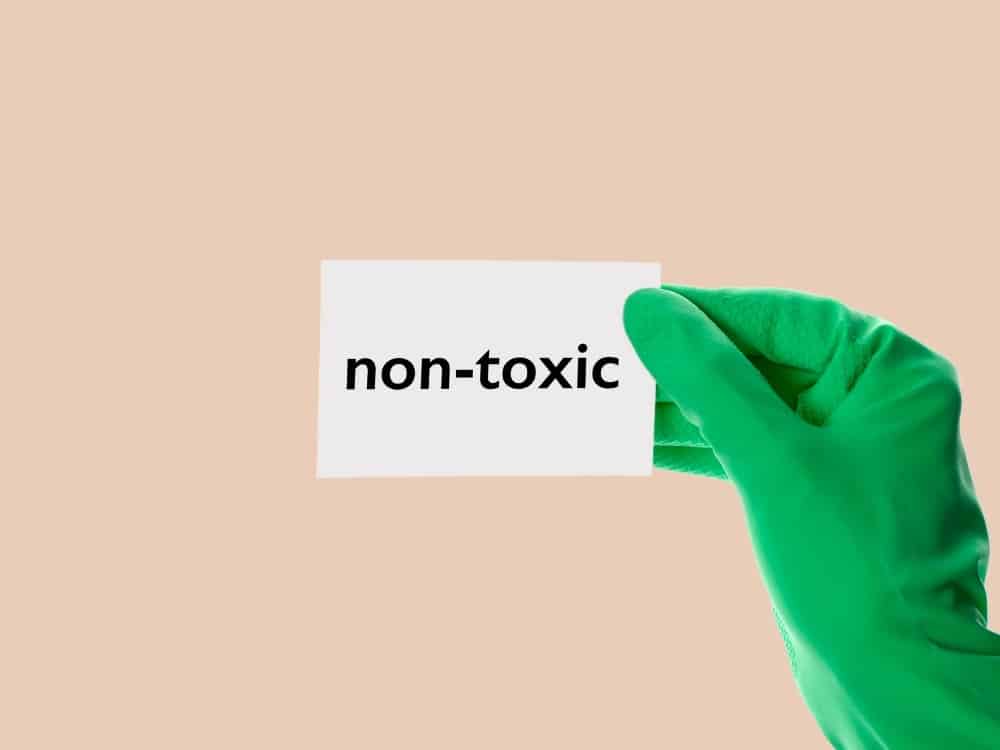
While some parts of the world are moving toward officially defining non toxic and keeping toxins out of the products we bring into our homes and put on our bodies, as it stands now, “non toxic” doesn’t mean anything.
In other words, non toxic means a product is…whatever the company wants it to mean.
Which is the stuff greenwashing dreams are made of.
Does non toxic mean chemical free?
But at the very least, non toxic means free of chemicals, right?
Not exactly.
Like “toxic,” the word “chemical” can have a lot of different meanings.
Many people are quick to put chemicals in the “bad” category, but in reality, they’re everything.
A chemical, as defined by ThoughtCo., is “any substance consisting of matter. This includes any liquid, solid, or gas. A chemical is a pure substance (an element) or any mixture (a solution, compound, or gas).”
Chemicals can be both synthetically and naturally derived.
If you were to try to avoid chemicals entirely, you would end up with an empty bottle—sans the bottle because that, too, is made of chemicals.
That said, if you see something advertised as being “chemical free” run the other way. Because it’s an oxymoron in the flesh.
Non toxic vs toxin free: is there a difference here?
What about the term “toxin free”? Does this carry any more weight?
The terms “toxin free” and “toxic free” are just like “non toxic” in that they’re not regulated by a governing body, like the FDA.
“Toxic free” is a product of The ToxicFree Foundation, a private non profit dedicated to providing education about toxic ingredients.
They define “toxic free” as a product that “has been created without the use of any potentially toxic, carcinogenic, or poisonous ingredients that could be questionable in safety.”
They’re hoping to create a “ToxicFree World” through their certification scheme, just one of many trying to clean up our consumer world.
Still, use of the arbitrary phrase “potentially toxic” doesn’t give much guidance, though “carcinogenic” and “poisonous ingredients” give us a little more to work with.
Consumers are left to bridge that rather large gap in knowledge between “potentially toxic” and “poisonous”.
4. What Makes A Beauty Product Non Toxic?
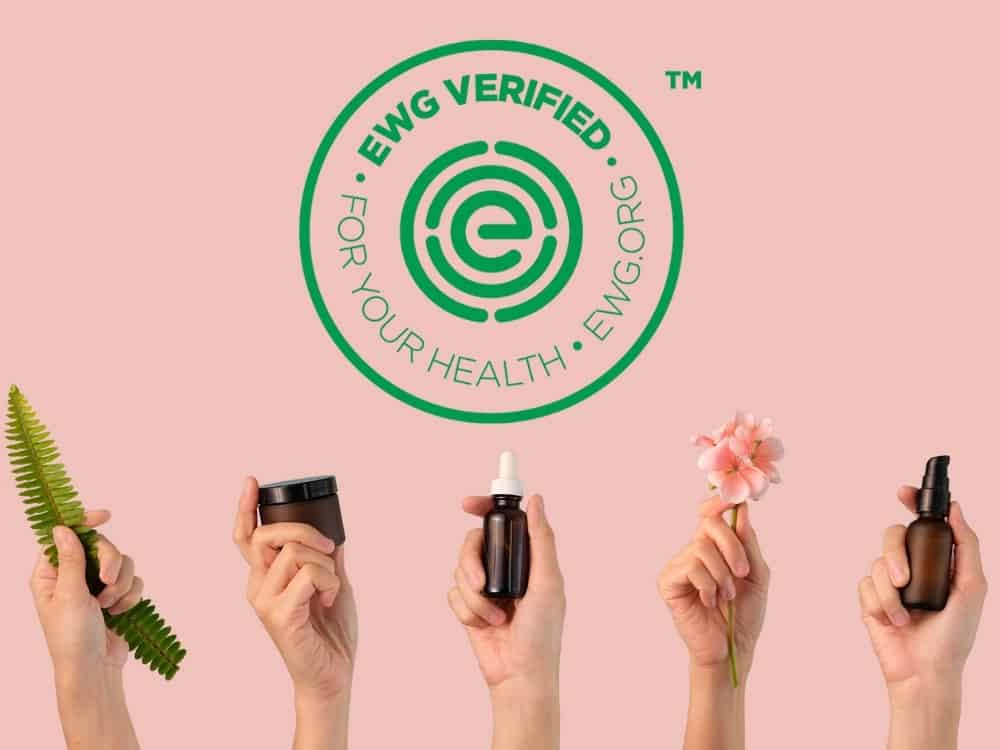
So then what makes a product non toxic? Is there any way we can ensure our health is protected with each purchase we make?
There are some makers of beauty and personal care products—like non-toxic perfume—who are trying to do the right thing.
Most have taken regulation into their own hands by formulating a list of restricted chemicals/ingredients/substances, often inspired by the EU or the United Nations-managed Globally Harmonized System of Classification and Labelling of Chemicals (GHS).
A range of certifications have also emerged:
- EWG Verified: Certifies 2,222+ products that are free from Environmental Working Group’s chemicals of concern and meet strict health standards.
- TOXICFREE Certified: Products contain only 100% natural (from the earth) ingredients, are “guaranteed to be completely free from harmful chemicals,” and are safe for the environment.
- REACH Certified: Certifies products that are compliant with EU’s REACH regulations by identifying and managing risks linked to manufactured substances and demonstrating how the substance can be safely used.
- MADE SAFE: America’s first non-toxic seal for everyday products (i.e. baby items, personal care products, household goods); only includes “safe ingredients not known or suspected to harm human health”.
- UL ECOLOGO: A voluntary, life cycle-based certification that assesses materials, energy, manufacturing, operations, health, environment, product performance and use, and product stewardship for cleaning products, paper products, personal care products, toys, and more (more focused on environmental toxins).
- COSMOS: Managed by the not-for-profit Brussels-based COSMOS-standard AISBL, this certification aims to provide a “consumer guarantee for organic and natural cosmetics”.
Toxic Free Future and PIRG are also two organizations working to clean up the consumer world by outing brands that have a bad rap from a toxins standpoint (cough, cough, Nordstrom, Starbucks, and Subway).
They’re also campaigning for them to stop selling products with known toxic ingredients.
Take a stand towards safer beauty products
In the US, Illinois Congresswoman and Chairwoman of Consumer Protection and Commerce Subcommittee Jan Schakowsky announced the Safer Beauty Bill Package in 2021.
With the support of other democratic colleagues and endorsement by organizations and companies like Women’s Voices for the Earth, Green America, Dr. Bronner’s, MADE SAFE, 100% PURE, and Earth Mama Organics, the proposed package includes four bills:
- Toxic-free Beauty Act of 2021: Would ban mercury, formaldehyde, parabens, phthalates, phenylenediamines (hair dye chemicals), and PFAS “forever” chemicals
- Cosmetic Supply Chain Transparency Act of 2021: Would require suppliers to disclose ingredients and provide safety data to cosmetic companies
- Cosmetic Safety for Communities of Color and Professional Salon Workers Act of 2021: Would increase safety protections for WOC and beauty workers exposed to toxic chemicals in the workplace
- Cosmetic Fragrance and Flavor Ingredient Right to Know Act of 2021: Would disclose unlabeled, secret, often fragrance and flavor chemicals deemed toxic in governmental lists
Let’s get this bill package passed!
US residents can use this link to send a letter to their Congressional representatives to support the Safer Beauty Bill Package.
5. Are There Non Toxic Foods?
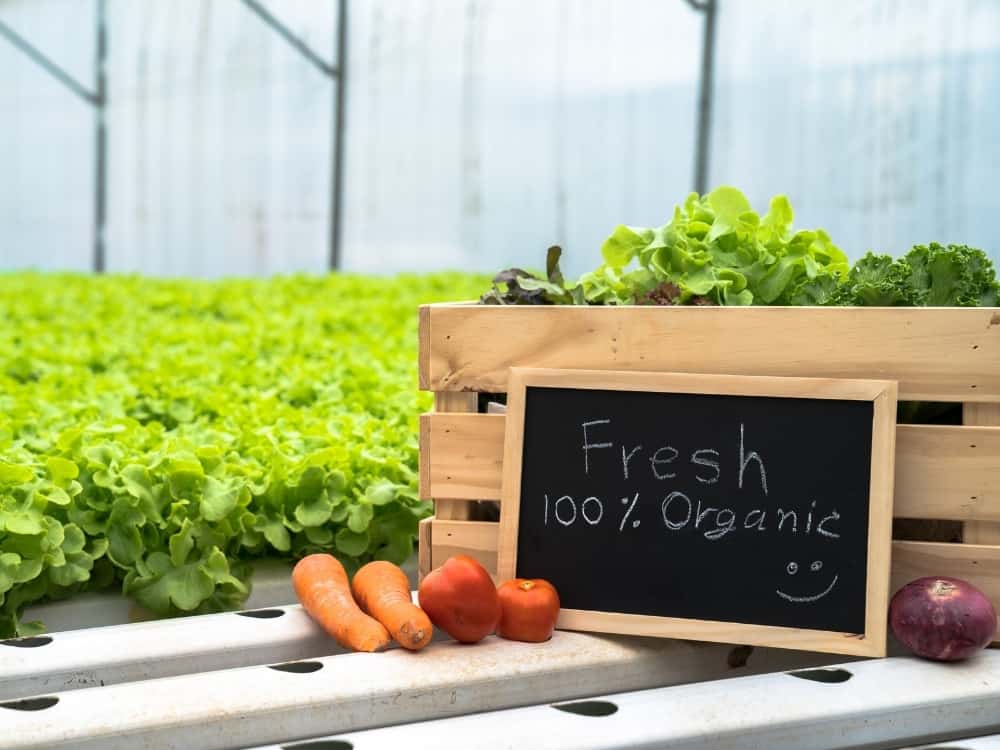
Talk of toxins in what we spread on our skin (i.e. the body’s largest organ) is scary enough. Talk of toxins in food products is downright terrifying.
Does non toxic mean food safe?
If you had a beauty product that was food safe or food grade, it indicates that the ingredients can literally be eaten safely—but that doesn’t necessarily mean that they’re natural or non toxic.
Take for example common food-grade preservatives, like benzoic acid and sorbic acid.
They’re synthetically made in a lab and the latter may cause irritations, or be “extremely destructive” to skin, eyes, and the upper respiratory tract in high doses.
When benzoic acid is used in a product with ascorbic acid (vitamin C), it can form the known carcinogen benzene.
What does that mean for food….is non toxic food even a thing?
What makes a food product non toxic?
There are sustainable food brands that avoid chemicals and opt for certified USDA organic ingredients.
Even the best certification will often demonstrate that a product has lower toxicity than a comparable product.
You may buy a can of organic tomato sauce, only to find it’s in a can lined with BPA-containing, hormone-disrupting plastic.
Sure, you could use a non toxic plastic free food storage container and fill it with organic, grass-fed, pasture-raised beef from a local farm.
But grill it up and you could end up with another human health and environmental toxin: polycyclic aromatic hydrocarbons (PAHs).
Even if you sprinkle cinnamon on your daily bowl of biodynamic, gluten-free oats made with the most sustainable milk alternative, you may be inadvertently exposing yourself to coumarin (a toxic compound in most cinnamon) and glyphosate (a carcinogen often found in oat products).
We don’t mean to scaremonger that toxins are invading your life with every bite, but do recognize how it makes certain claims of “non toxic” pretty bogus.
Dangerous chemicals are in reality in everything that we bring into our lives and even in the very air we breathe.
Ominous, absolutely. And a lot of the onus falls on us consumers to keep them out of our homes and bodies where we can—and accept that we simply can’t keep them out of everything.
Looking to products and companies that do their research to avoid the most dangerous of them is the best way we can protect our bodies and planet.
This starts by understanding the difference between labels commonly found on food and personal care products.
6. Non Toxic Vs Organic & Non Toxic Vs Natural
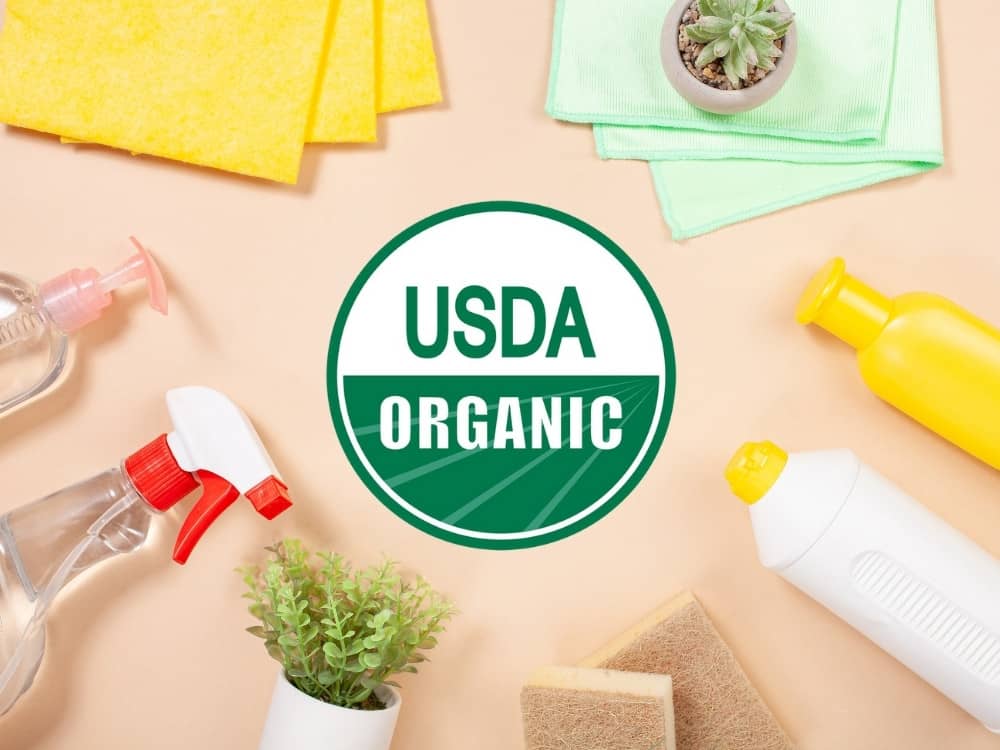
As we just mentioned, it’s not just the products and ingredients themselves that we should watch out for.
A lot of the potential toxins of concern (plasticizers, phthalates, etc.) are found in the packaging, inks, and adhesives that come into contact with our food and personal care products.
In fact, food (including organic food) in the US is the number one source of exposure to phthalates as a result of packaging and processing.
So, does organic mean non-toxic?
In this case, no.
Looking out for regulated certifications, like USDA Organic, is one of the best ways to avoid toxins like pesticides, hormones, fertilizers, and antibiotics, but is USDA Organic trustworthy?
Unlike the bath and beauty products labeled as “100% USDA certified organic” that weren’t actually organic at all.
The OEKO-TEX certification actually brings us closer to a more reliable certification for non-toxic products (i.e. home textiles, clothing, and cleaning) but the certification unfortunately doesn’t apply to food and cosmetics.
Does natural mean non-toxic?
Don’t even get us started on “natural.”
This question is a real double whammy as neither “natural” nor “non toxic” are regulated in any way whatsoever—and it would be wrong to assume the former is synonymous with the latter.
Consider Natural Flavor, for example, which can be made with carrier solvents, preservatives, and chemicals made in a lab.
In the end, more than 100 chemicals could end up making a single Natural Flavor—some of which have serious known health risks.
- Natural butter flavoring (Diacetyl): vapor linked to airway damage, abnormal lung function, and shortness of breath
- Natural lemon flavoring (Citral): strong irritant; potential for reproductive toxicity
- Natural berry flavoring (Methyl N Acetyl Anthranilate): linked to phototoxicity
Even petroleum could technically be deemed “natural.”
If you see this on a product that doesn’t have recognizable ingredients from plant or botanical sources (i.e. as close to nature as we can get), it’s best to avoid it.
Did you know we Have a Newsletter?
We cover the latest in sustainable living, fashion, zero waste, beauty, travel, finance and more…
Final Thoughts On Non Toxic Products
TL:DR; what is non toxic?
It can mean a whole lot of things—or really nothing at all.
When shopping for truly non toxic personal care products, you’ll have to do your own research.
Know some of the key ingredients to avoid in skincare, then look for companies that have their own list of restricted ingredients and transparent practices and third-party verifications to back up their avoidance of them.
Certifications, especially EWG verified, can provide some added assurance, but as a whole, they have a long way to go before we can really trust that our favorite products won’t cause harm.
Especially since countries like the US provide (almost) zero help to protect consumers.
That said, we’re all in this together to make our world (and bodies) a cleaner place.
Don’t hesitate to ask a company to remove a suspicious ingredient from their products—and please share this article with others who can do the same.
Pin these:
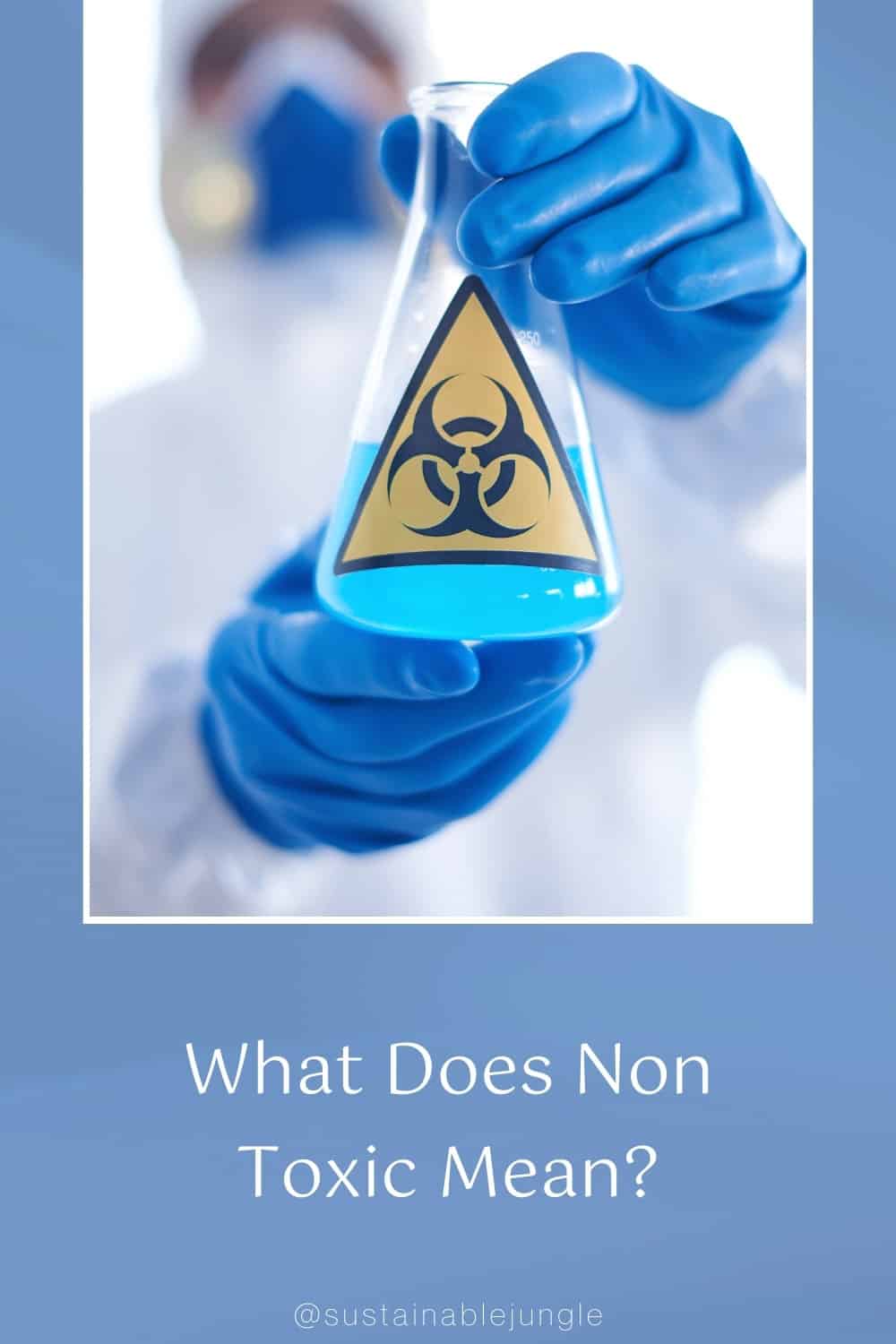
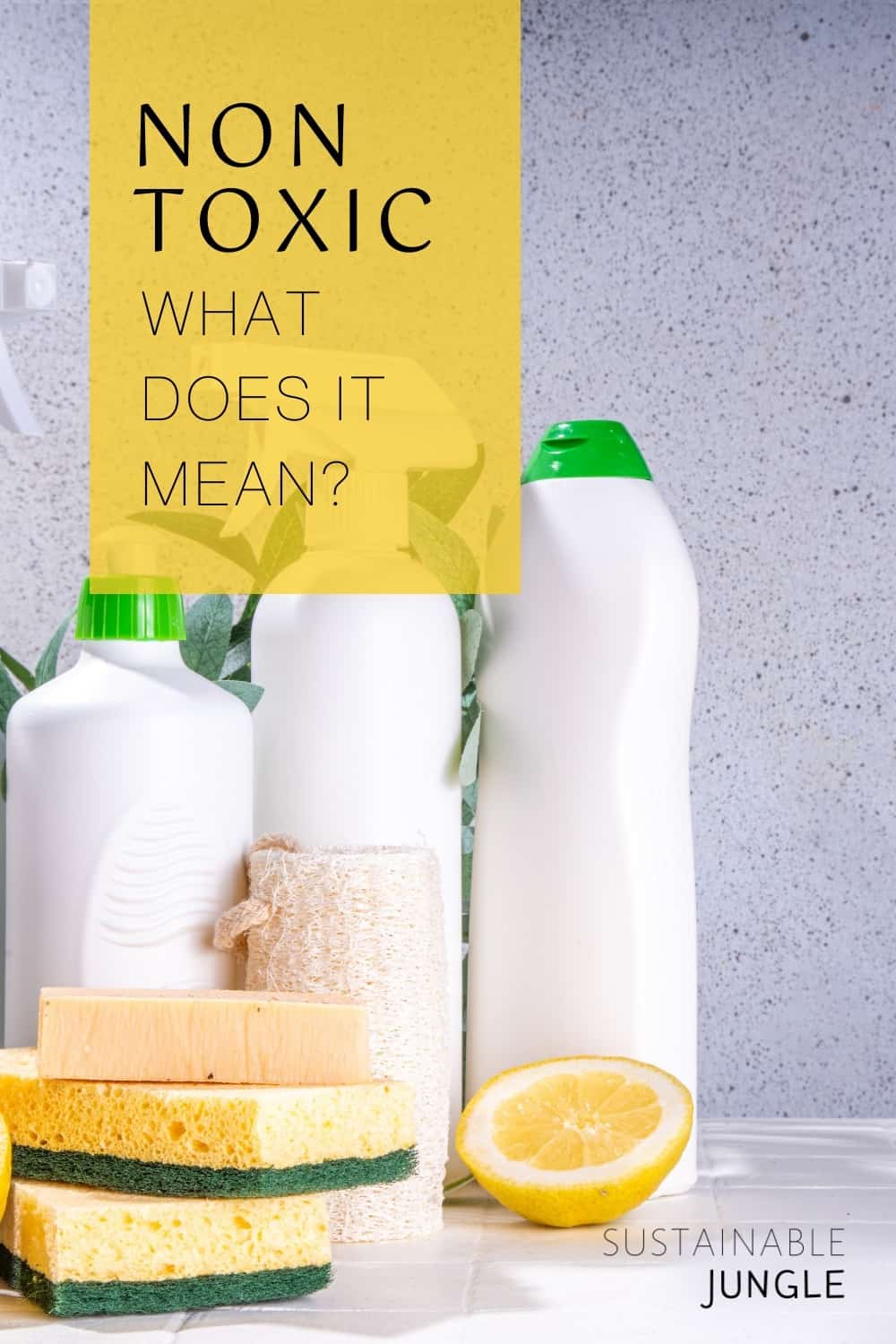

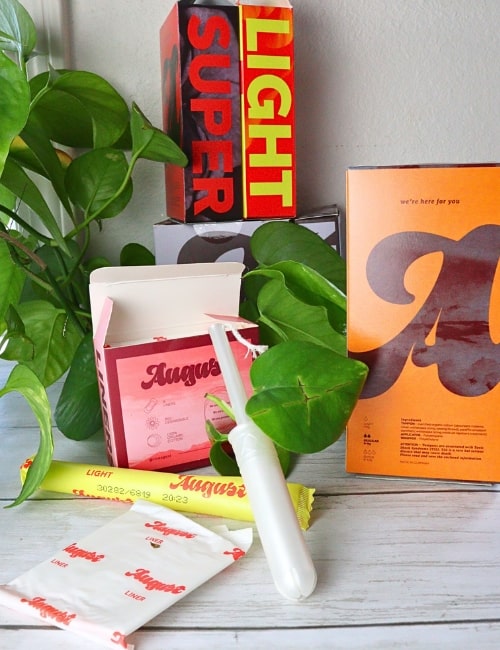
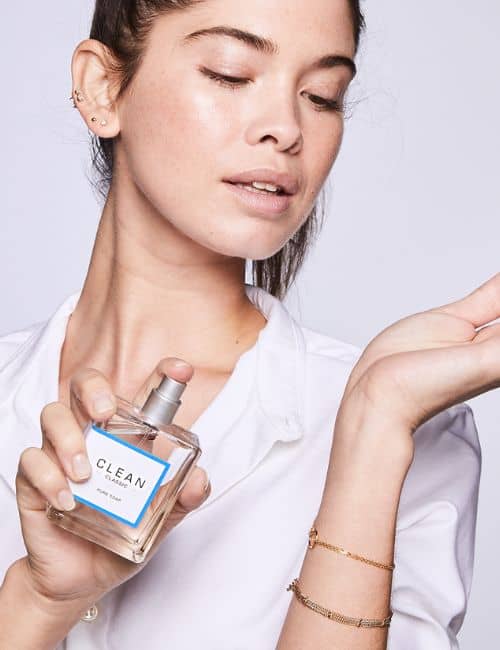
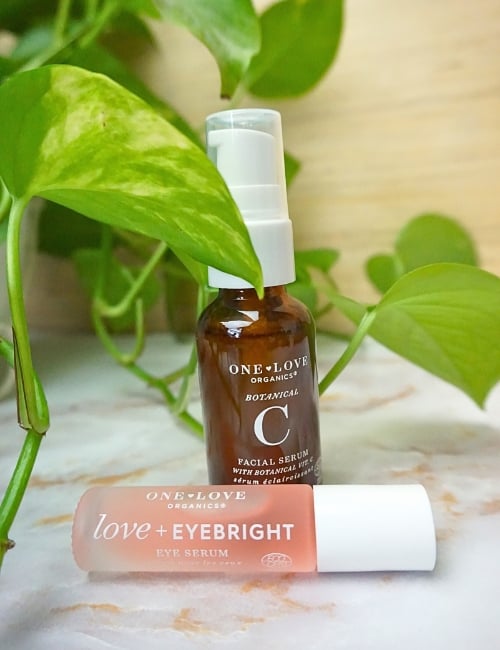
“Chemical free” is cringy word because everything in this world is chemical. Water you drink, air you breath is chemical. Natural things can irritate your skin more than men made ingredient. And most useless thing in skincare is fragrance but most of “natural” skincare has essential oil, fragrances that dry out and potentially irritate the skin. Physical exfoliaters will damage your skin barrier. And putting lemon juice on your skin because it is “natural” is no different than drinking snake poison cauz it is “natural”? What I want is both side have open mind, Skin care industry to have responsibility for their waste and zero waste, low waste community to educate themselves on the “chemical” ingriedents and realize not entire world is trying to kill you with cancer.
I think this is a very important point Sarnai and thanks for pointing this out, in total agreement and we have learned this along the way too. We are slowly converting our posts to be about toxicity (i.e. non-toxic as the metric) instead of natural. Watch this space!